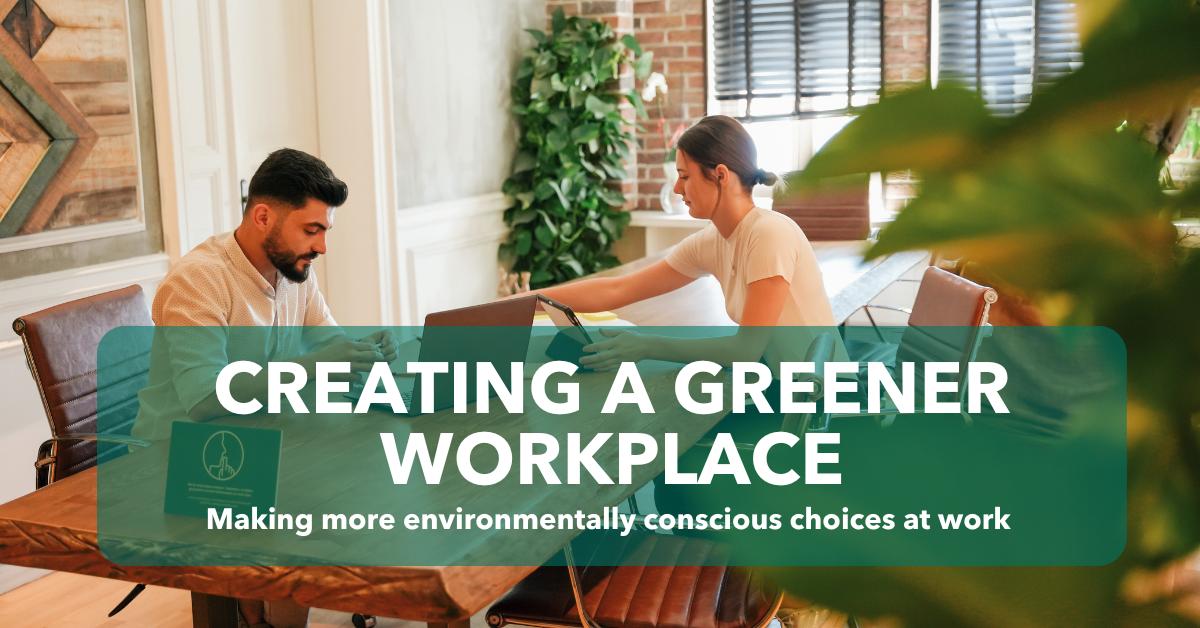
Empowering Women in the Workforce
Reflections and Actions for International Women's Day
Authored by: Chelsea Grossi & The Edmonton Chapter Committee
International Women’s Day (IWD) highlights the immense contributions of women to workplaces and communities. This year’s theme, Embrace Equity, calls us to celebrate progress and commit to building equitable workplaces, a mission that could not be completed without HR professionals.
It would be wrong to jump forward on how we can embrace equity without first acknowledging the impacts on how the pandemic disproportionately impacted women and reshaped Canada’s workforce. Women faced higher employment losses, particularly in retail, hospitality, and healthcare, alongside increased caregiving responsibilities, leading to career disruptions and mental health challenges (Statistics Canada, 2022). While women’s labour force participation has rebounded to record highs (RBC Economics, 2023), barriers like wage gaps, underrepresentation in leadership, and the need for flexibility persist.
Additionally, we cannot ignore that women’s experiences are not universal. Women of colour, Indigenous women, and immigrant women often face compounded barriers. They are more likely to be in precarious jobs and earn less than non-racialized women and men (CCPA, 2023). HR strategies must address these inequities through anti-racism training, targeted mentorship programs, and inclusive policies/practices.
As HR Professionals there are ways we can look to support and drive equity across our organizations to empower women to have greater involvement in the workplace:
- Flexible Work Options: Flexible arrangements, like remote/hybrid models and job sharing, help balance career and caregiving roles. Organizations offering these options see higher retention and improved well-being (Deloitte, 2022).
- Pay Equity: Reviewing and auditing wages, and engaging in transparent compensation practices are essential. Addressing disparities for systematically excluded individuals and developing policies and procedures that account for potential bias.
- Leadership Development & Inclusive Cultures: Mentorship and sponsorship programs help women advance to leadership roles. Look to develop inclusive programs that consider the unique challenges faced by systematically excluded individuals and groups are especially impactful. Employee Resource Groups (ERG), can often be advantageous for groups to connect, develop a sense of belonging and support within the organization.
- Mental Health Support: Providing resources for physical and mental health assistance, creating reintegration programs for women returning after extended absences such as caregiving, and offering culturally competent mental health care ensures that staff feel supported.
Organizations can drive equity by embedding anti-racism training, fostering targeted mentorship programs, and implementing inclusive policies to address systemic biases and support diverse career advancement. These efforts align with strategic goals to create a culturally aware and equitable workplace. Collectively, they empower women and marginalized groups to thrive.
As we look to Embrace Equity and support women, it’s important to note that equity has many advantages for an organization and its employees. Diverse organizations outperform peers in profitability, innovation, and employee satisfaction. Companies in the top quartile for gender diversity are 25% more likely to achieve above-average profitability (McKinsey, 2022). Supporting women brings broader perspectives, better decision-making, and stronger financial performance, contributing to societal progress and economic resilience.
This International Women’s Day, let’s celebrate women’s achievements and reaffirm our commitment to creating workplaces where equity is the foundation for success.
Sources:
Canadian Centre for Policy Alternatives (CCPA). (2023). Inequality in Canada: The Wage Gap for Women of Colour.
Conference Board of Canada. (2023). Gender Wage Gap in Canada: Key Statistics.
Deloitte. (2022). Women @ Work: A Global Outlook.
McKinsey & Company. (2022). Diversity Wins: How Inclusion Matters.
RBC Economics. (2023). Canadian Labour Market Insights.
Statistics Canada. (2022). COVID-19 and the Labour Market: Impacts on Women.
The views and opinions expressed in this blog post belong solely to the original author(s) and do not necessarily represent the views and opinions of CPHR Alberta.
The views and opinions expressed in this blog post belong solely to the original author(s) and do not necessarily represent the views and opinions of CPHR Alberta.





